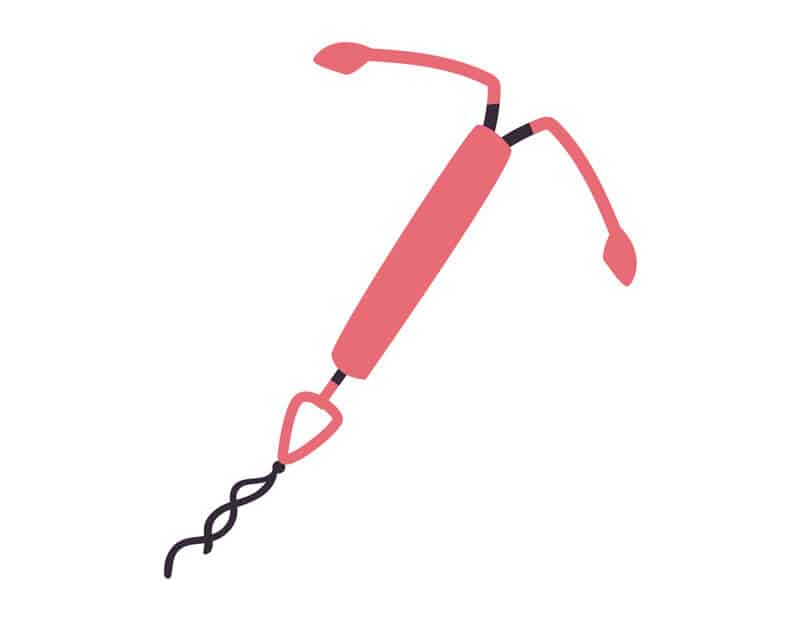An IUD is considered a very safe means of protection, and its insertion is accompanied by side effects, usually mild, in some women. Every woman experiences each device differently (and there are several types), which also depends on her health condition and medical history. It is not possible to predict how your body will react to the insertion of the device, so it is important to inform your gynecologist if you suffer from any chronic diseases or problems. In general, it is important to be aware of all the side effects and also to be aware of the risks, in order to remove the device if it is not suitable for you, and to allow additional treatment, if necessary.
Here are the main side effects that can develop with the insertion of the device, and important information when to contact a medical professional:
Cramps
In the first few days after the IUD is inserted, you may experience cramps in the lower abdomen, which are reminiscent of the feeling during the menstrual cycle. As long as these are mild cramps, it's usually fine. If you are worried or the pain is becoming stronger, it is important to contact a professional.
From dizziness to fainting
Some women feel dizzy after inserting the device, sometimes to the point of fainting, an issue that is important to receive a medical response as well.
Irregular or heavy periods
In many cases, the nature of your menstrual cycle will change after using the IUD. When it comes to a hormonal device, menstruation may become easier and shorter. On the other hand, a non-hormonal uterine device may actually cause more bleeding, with an emphasis on the first few months of use.
Infection in the uterus
IUD Slightly increases the chances of infection of the uterus, fallopian tubes, or ovaries, due to bacteria that can enter your body when it is inserted. If you experience abdominal pain, pain during intercourse, foul-smelling vaginal discharge, fever, chills and heavy bleeding, it is important that you see your gynecologist.
Ovarian cyst
There are women who develop ovarian cysts as a result of the use of the device, which usually go away on their own within a few months. Most cysts are harmless or cause any symptoms and at the same time, some of them can cause swelling or pain in the lower abdomen that can be especially severe if the cyst ruptures.
Moving the device
This can happen completely or partially, when the device is pushed out of the uterus into the vagina, or out of place in the upper part of the uterus. This condition can cause pleasant cramps, and it is important that it is treated as soon as possible.
Uterine puncture
A rare condition that usually occurs during the insertion of the device, during which it may be pushed into or through the uterine muscle. If the doctor detects a perforation of the uterus, they will stop the process and remove the device. Even if the condition is not identified, it is important to remember that if a puncture is created, the effectiveness of the device is significantly reduced, and the removal process can also be more complex and lengthy.
Pregnancy
Your chances of getting pregnant while you have an IUD are very low, at about 1%. However, if this happens, the situation could be dangerous and lead to An abortion , infection, premature labor, premature birth, and ectopic pregnancy.
If you experience abdominal pain, vaginal bleeding, or any worrisome symptoms while using an IUD, it is important that you contact your gynecologist immediately.
As mentioned, serious complications are rare and at the same time, they exist, so it is important to pay attention to any different phenomenon or pain, as well as to try and reduce the risk by choosing an experienced gynecologist and understanding the correct use of the device.
The article was written by Dr. Gutman Guy


